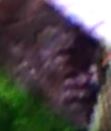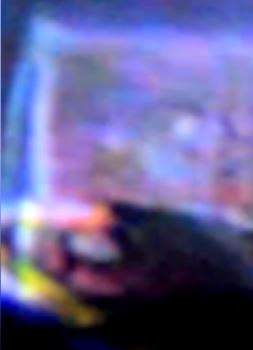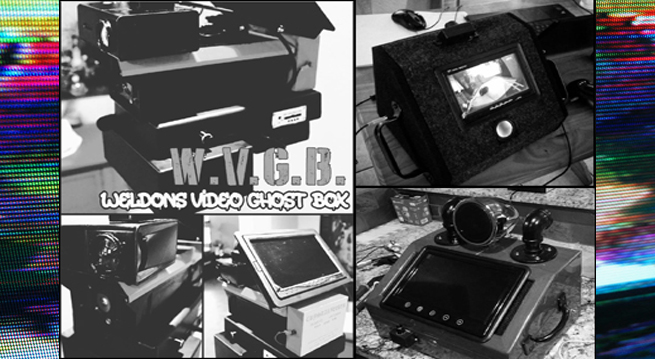Weldon’s Video Ghost Box (W.V.G.B.)
Weldon’s Video Ghost Box (W.V.G.B.)
By:
Keith Weldon
Video ITC (Transvideo)- The use of electronic devices such as cameras (video and photo), tv’s, computers, and even software applications to capture images from beyond. Many techniques have been created like Klaus Schreiber’s video feedback, Euro signal bridge, photographic Water ITC, etc.
I’m going to discuss my own research and methods that I use to create the Weldon’s Video Ghost Box (W.V.G.B).
The idea for the WVGB is based on a similar theory on how radio ghost boxes work. Spirits can manipulate “Raw Audio” a term coined by Frank Sumption the inventor of the Radio Ghost Box. This is created by sweeping through audio sources to generate a mix of various sounds. This somewhat chaotic mix of sounds supply spirits with many different frequencies and fragmented audio snippets that can be manipulated and modulated to create speech. I think of “Raw Audio” as enhanced white noise or white noise on a broader spectrum. I also believe that there are many points to which manipulation can take place; at the device itself, the signal that is generated (wired & wireless), open air ( sound & light frequencies), and the recording device.
That being said, I set out to create a device that could supply spirits with Raw Visuals. These are images that consists of various shapes, textures, layers, and particles. The idea being that spirits can manipulate the distorted video signal to create images and/or show themselves within the recorded footage. Most of what is captured is found in review of the recorded footage and rarely anything is seen in real time. After recording a session the footage would then be analyzed frame by frame using video editing software. The fundamental method that I used to create WVGB is by combining two video cameras together without dropping the signal completely. This creates a distorted video feed that has unique characteristics. The signals seem to fight one another and create a sweeping feed of layered video. Since the cameras are pointed outwards you can use any environment you choose as your image source. So you could point it at a known “hot spot” for paranormal activity or at other areas that provide an array of various textures, colors, lighting, etc. Each video box that I create has its own unique features that can also add to or enhance the communication.
Images captured using the WVGB:






W.V.G.B #1

I spent most of 2015 tinkering with this build. The end result is a video box that use the 2 camera method as mentioned before but also combined the audio feed of a connected ghost box. The audio would also have a direct influence on the video adding distortion to the visuals.
W.V.G.B #2

This is a video box that I built for Nick Groff. This utilized 2 cameras that were exactly the same, a bigger speaker for clearer audio to come through, and a DVR that can record the A/V signals, and a knob to control the amount of distortion coming through, and lastly it also has a bigger monitor to display the visuals. This box however does not combine the audio feed in a way that will create added distortion.
W.V.G.B #3
![]()
This version although bulky is portable, so you can carry it around a location. Again it uses the 2 camera method but also has a projector that will project the cameras output which will create a video feedback loop. It has a DVR built in to record the A/V signals. It also has a knob to control distortion but does not have an input for a audio ghost box. This box uses a highly sensitive surveillance microphone to capture audio and possible EVP’s. I also added a Crystal Feeler Antenna and a separate Mic input that I wired into the video feed in hopes of enhancing communication.
W.V.G.B. #3 is now the standard model that I will base any future builds on. Though I might tweak some things and add or change a few components but the basic build will be in the design of this model. I really enjoy building and using these video boxes but do not have any plans to sell them. I will make some for a select few of my friends and fellow researchers but not to the general public. Each build costs me $300-$500 in parts.

